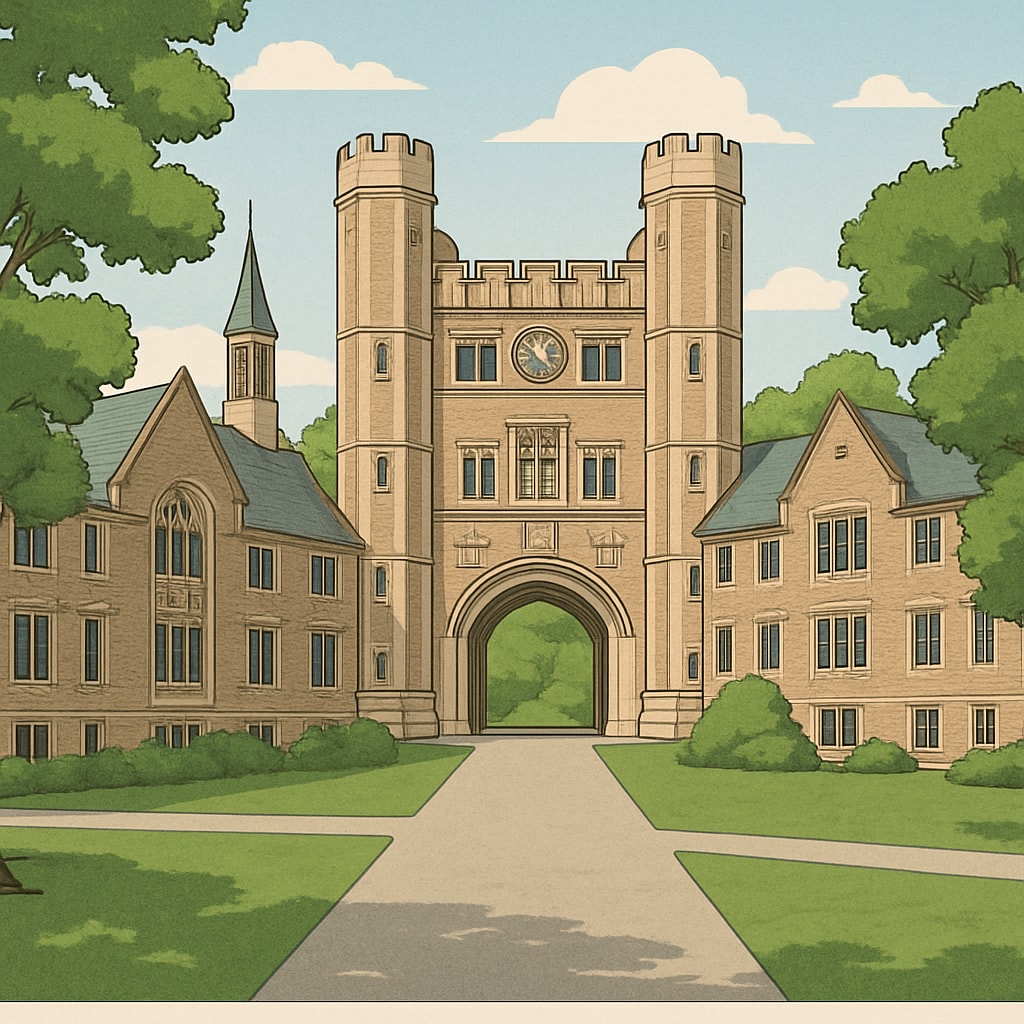Princeton, often celebrated as one of the crown jewels of the Ivy League, is frequently held up as an aspirational benchmark for academic excellence and professional success. But are institutions like Princeton and other Ivy League schools truly deserving of their lofty reputation, or have we fallen victim to overestimating their actual educational value and return on investment? This article dives into the myths surrounding these elite schools, questioning whether their societal prestige aligns with their tangible benefits for students.

The Admission Process: Selectivity vs. Equity
One of the key reasons Ivy League schools like Princeton are so highly regarded is their exclusivity. With acceptance rates often below 10%, these institutions are perceived as bastions of academic brilliance. However, their selective admissions processes might also perpetuate inequality rather than meritocracy. For example, legacy admissions and donor preferences disproportionately favor wealthy applicants, raising questions about whether the Ivy League truly represents the best and brightest or simply reinforces existing privilege.
As a result, many talented students from underprivileged backgrounds may never get the chance to access these institutions. This systemic favoritism undermines the narrative that Ivy League schools are purely merit-based, suggesting that their prestige is partially built on exclusivity rather than the inherent quality of education provided. Learn more about the Ivy League system here.
High Costs, Questionable ROI
Another major criticism of Ivy League schools is their staggering cost. Tuition at Princeton, for instance, hovers around $80,000 per year when factoring in living expenses. While generous financial aid packages are available, many students still graduate with significant debt. The question then arises: does the return on investment (ROI) justify these costs?
Studies have shown that graduates of elite universities do tend to earn higher salaries, but the gap between these earnings and those of graduates from less expensive schools is narrowing. Furthermore, not all Ivy League graduates achieve the career success implied by their alma mater’s reputation. For example, graduates from state universities often go on to hold leadership roles in industries, demonstrating that success is less dependent on the name of the institution and more tied to individual effort and adaptability.

Reframing Education Goals
Perhaps the most pressing issue is how the societal obsession with elite schools impacts education goals at the K-12 level. Many parents and students focus excessively on building a resume tailored for Ivy League admissions, often at the expense of genuine learning and personal development. This “Ivy League or bust” mentality can lead to burnout, stress, and a skewed understanding of success.
Instead, education systems should emphasize skill-building, creativity, and critical thinking, which are universally valuable regardless of the institution attended. By redefining educational goals, we can shift the focus from chasing prestige to fostering meaningful growth and lifelong learning. Explore the foundations of education here.
Conclusion: Prestige vs. Practicality
While Princeton and other Ivy League schools undoubtedly offer world-class resources and opportunities, their value may not be as universal as society assumes. For many students, the financial burden and competitive admissions process make these institutions impractical. Moreover, success is achievable through a wide range of universities, not just the elite few.
As a result, it’s essential to rethink our collective obsession with Ivy League schools and focus instead on the broader purpose of education: equipping students with the skills and mindset to thrive in any environment. In doing so, we can foster a more equitable and diverse academic landscape, where success is accessible to all rather than reserved for a select few.
Readability guidance: This article uses concise paragraphs, avoids overly complex language, and incorporates lists and transitions to enhance readability. Images provide visual context for the arguments presented.


